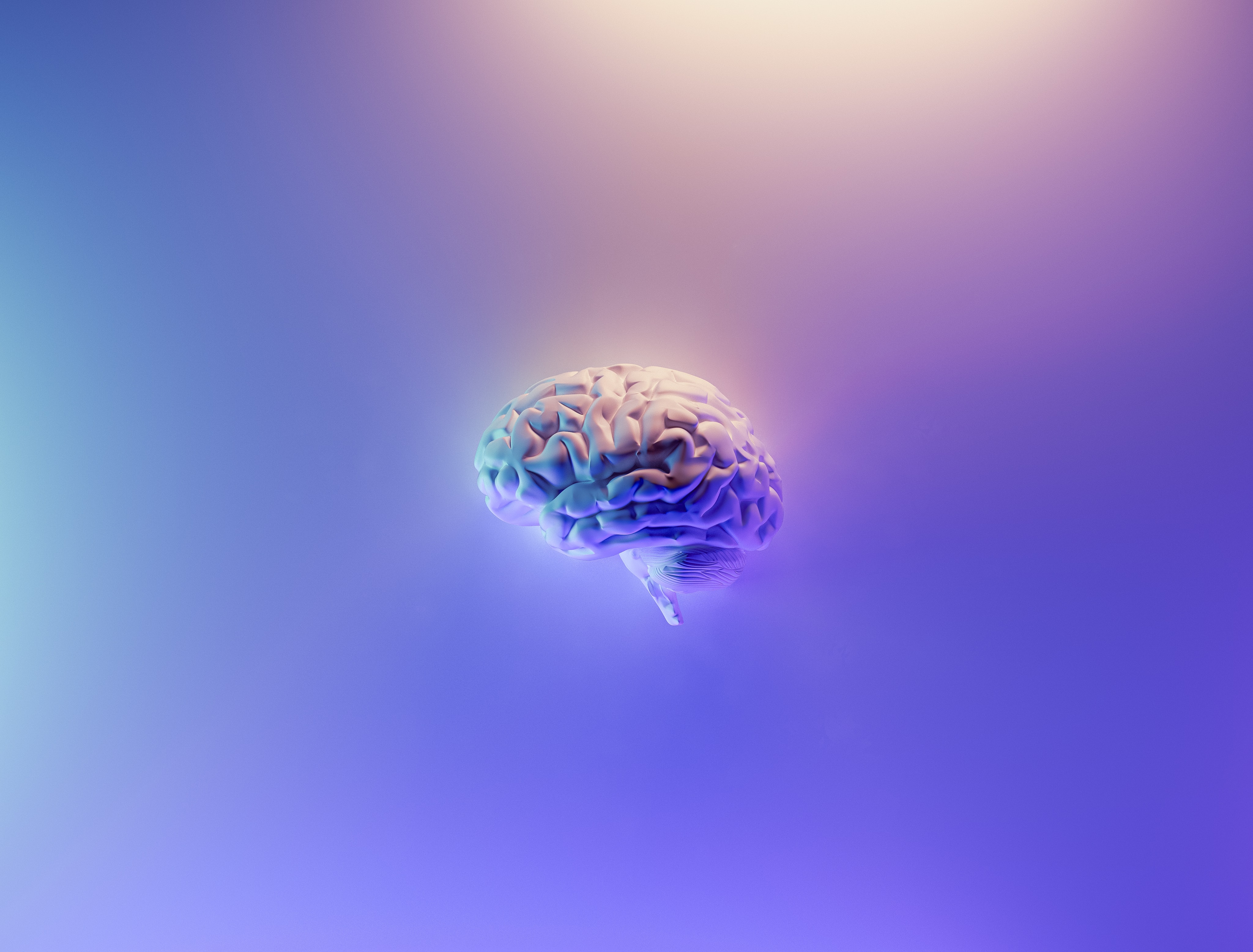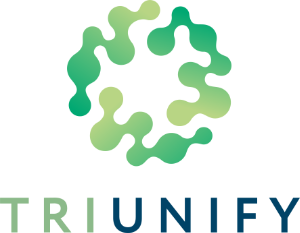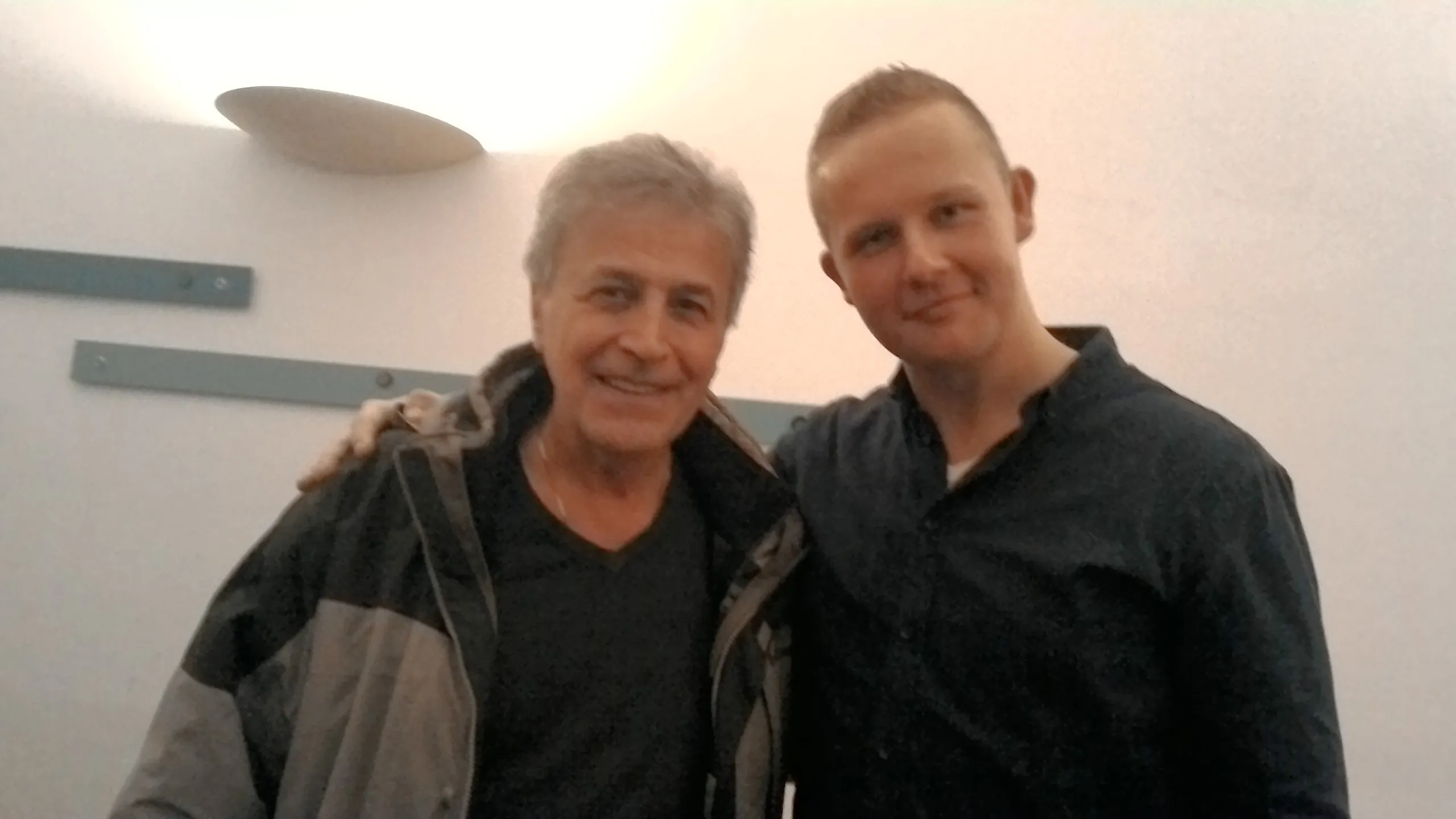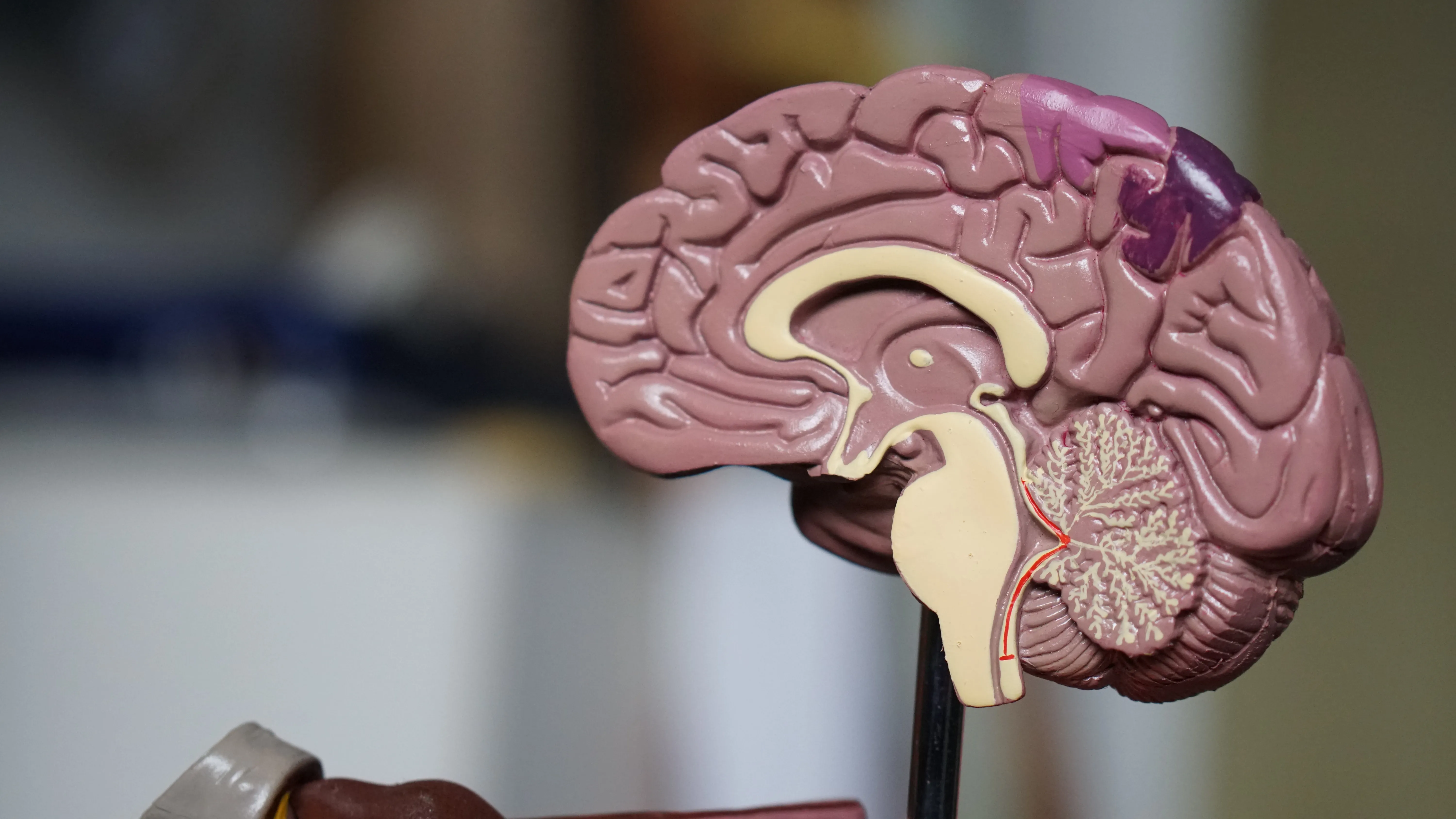What is Brainspotting? A More Detailed Definition.
Apr 04, 2022

“Brainspotting is a Brain/Body, Mindfulness-Based Relational Therapy”
Explaining brainspotting to interested clients is quite difficult. Usually, the conversation only gets off to a good start after the first experiences with the method. Explaining brainspotting to experts or colleagues is even more difficult: is it a kind of EMDR? Hypnosis maybe, or a bit NLP-like? And is it evidence based?
In this blog (continuation of What is Brainspotting?) I want to shed more light on Brainspotting as a therapeutic method within the entire spectrum of forms of therapy and currents. I use the above definition, which comes from developer David Grand himself. It is quite a mouthful, but it gives the opportunity to highlight several aspects for a closer look.
Brain and Body
This first aspect immediately makes it clear that Brainspotting is not a purely psychological treatment method. It is more accurate to say that Brainspotting works with neurophysiology, and from there has psychological consequences (and not much of it). In brainspotting we approach the brain as the machine room where it all happens, the center of consciousness where body and mind come together. We hardly make a distinction between body and mind or between physical and mental.
A well-known statement by David Grand during training is: 'What's in the body, is in the brain, and what's in the brain, is in the body'. A complaint that manifests itself in the body can represent a great emotional charge, and complaints that manifest themselves mainly as psychological or emotional often make themselves felt in specific places in the body.
Focused Mindfulness
In a Brainspotting session, mindfulness, or the art of being attentively present, is ubiquitous. Are you the client? Then you look at a point or a place in space for an average of half an hour to an hour. In Brainspotting we call this focused mindfulness. The attitude is: you don't need to control, explain, or articulate anything you think, feel, or physically experience; everything may come into your consciousness and pass in review. And the therapist? He is just 'present' for just as long, almost without making any interventions or talking too much. A great awareness exercise for therapists to gently tolerate your own fears, impulses, projections and metaphorical feelings.
Attachment and Mentalization
This also brings me to the third aspect. Doing Brainspotting is not only mindful, it is also one hundred percent relational. From the moment that therapist and client sit opposite each other, an attunement arises that we call the Dual Attunement Frame in Brainspotting terms. But first some background.
There are several forms of therapy in the field of clinical psychology that specifically hark back to the attachment theory of John Bowlby, the man who emphasized the importance of the coordinated interaction between parent and child. For example, you can think of Sue Johnson's well-known Emotionally Focused Therapy (EFT) and also Fonagy and Bateman's Mentalization-Based Treatment (MBT). Naturally, these forms of therapy make use of language, to literally give words to what emotional currents are going on at that moment, with both partners, or in the therapeutic setting between client(s) and therapist.
Brainspotting is perhaps: mentalizing without words. As the client feels your deepest feelings and most fundamental fears pass through your consciousness, you feel the urge to look away, close yourself off, or say out loud that it's not working today, you constantly feel the presence of the therapist who does nothing. says but softly present. My own experience is that, both in undergoing and performing Brainspotting, this attunement feels even more intimate than in a good therapeutic conversation.
So: Wat Is Brainspotting?
I hope this article sheds some light on the many faces Brainspotting has, and answers the question above. Brainspotting is a brain/body-based therapy, it's a mindfulness-based therapy, it's a relational and attachment-oriented therapy, and it's all three at the same time. It goes without saying that which aspect comes to light most clearly can differ per session.
Do you want to know more about this? A video can be found on YouTube (‘The Brainspotting Hypothesis revisited’) in which developer David Grand takes an in-depth look at what Brainspotting actually is, and how we assume it functions.









